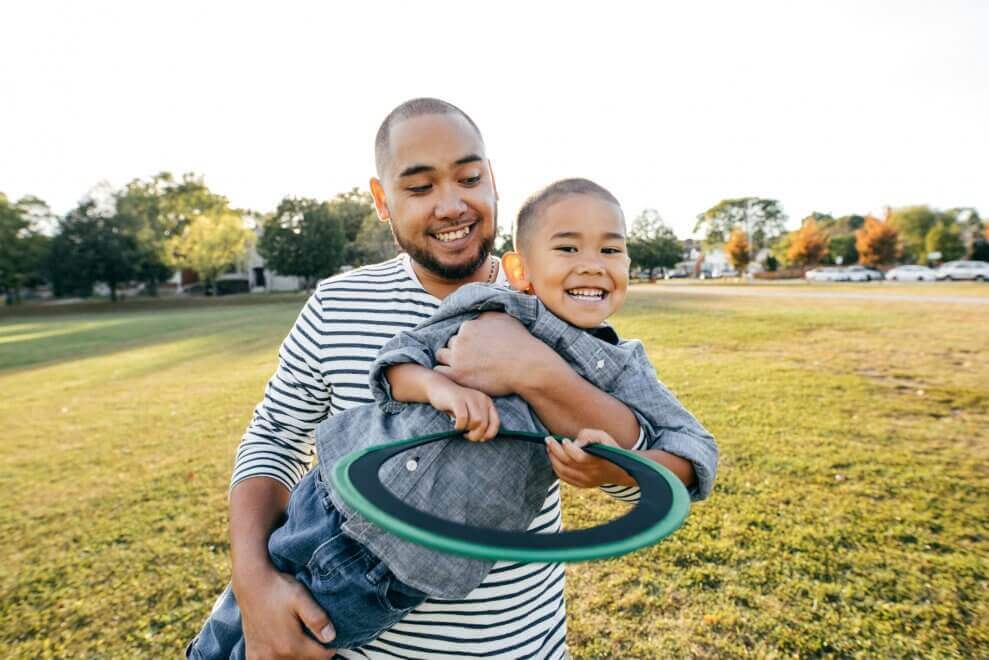Your three-year-old is having fun playing with cars, but it’s bath time and you’re dreading the anticipated melt-down that is waiting for you when you say it’s time to put away the cars. Moving from one thing to the next can be challenging for little ones, especially if they are being asked to move from a preferred activity to a less preferred one. Here are some tips that can make those transitions easier for you and for your child.
First-Then: Incorporate use of “First-Then” language into daily activities. For example, first shoes on, then play outside. Practicing during everyday activities will help build understanding for times when the situation is more emotionally charged.
Visual Information: Add visual information to increase language comprehension. This means showing what you are talking about. For example, when it is time to go, show your child their shoes as you tell them, “Shoes on, time to go.” It is even more important to have visual clarifiers when emotions are high, as language comprehension decreases under emotional stress.
All Done Warning: Try to avoid quick transitions. Giving a “two more _____ and then all done” warning lets your child know a change is coming and then allows them a bit of time to adjust to that change.
Transition Object: Use of a “transition object” may be helpful. A transition object is an object that goes with the activity up next. For example, if bath time is the next thing to happen, approach the child with one of their favorite bath toys and say something like, “Time for bath. Here’s duckie.” A tangible object helps kids associate what is next and gives them something to move toward rather than just giving up what they are currently doing. A transition object should, of course, be used along with an all done warning (see above).
Decrease Language Load: Use simpler language and as few words as possible when your child is upset. Trying to “talk” someone out of being upset often worsens the situation.
Neutral Affect: When a child is upset, it is important that the adult remain neutral in affect using a quiet, calm and slow voice. As humans, we tend to mirror other’s emotions. When we stay calm, it helps show kids how to regain their own calmness. When we become agitated, talk louder and with more emotional intensity, it only results in feeding into the child’s dysregulation.
Offer Choices: Offer choices when possible. Maybe it isn’t a choice that it is time to get in the car and go, but having the choice to “hop like a bunny” or “fly like an airplane” to get to the car is a simple way kids can still have a bit of control in something that has to happen.
Sing a Song: Music can help with transitions. Having a “clean up” song or a “time to go” song is a must. Just starting the song is often enough to put the wheels of transition into motion.
Affirm Feelings: When a child is upset, affirm their feelings/emotions. For example, “You are mad. You wanted to keep playing cars but now it is time to go.” This gives children the words to go along with their feelings so that maybe next time they could verbalize their upset rather than acting it out. Labeling emotions also validates a child’s feelings. Being validated is important; it helps us move on.
Gain Attention: When giving important directions (especially when announcing a transition), make sure that you have your child’s attention. Get down on their physical level, make sure they are looking at you, and then say what you need to say.
Patience and Practice: Remember that children aren’t born with emotional coping strategies and just like other skills, it takes lots of practice to become good at it. With adult modeling, patience, and guidance they will get there!
Nancy Johnston, M.S., CCC-SLP
Speech/Language Pathologist







